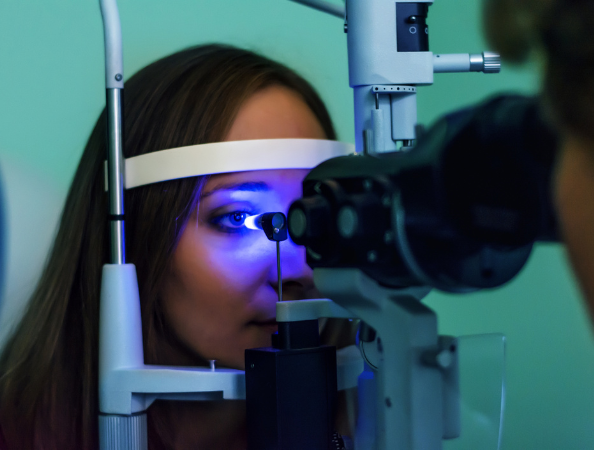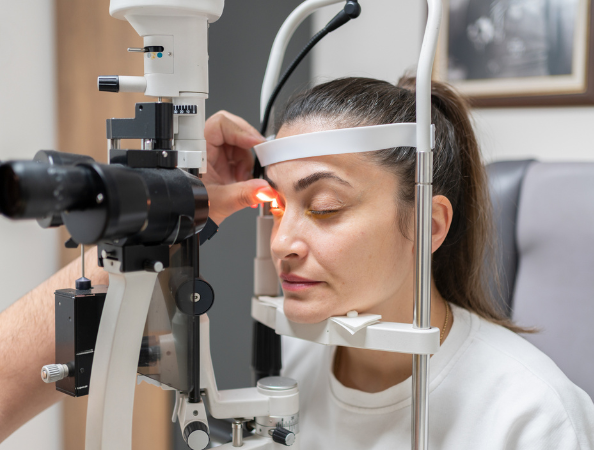More than 10,000 Colombians live with macular diseases without knowing it.

According to the National Ophthalmology Foundation (Fundonal) and Bayer, thousands of Colombians suffer from undiagnosed macular diseases. According to a statement and a recent event on the topic, more than 10,000 people in the country live with conditions that affect the central area of the retina and can lead to irreversible loss of central vision.
A World Health Organization report revealed that more than 11.9 million people worldwide have moderate or severe preventable visual impairments as a result of diseases such as diabetic retinopathy, glaucoma, or trachoma. In Colombia, this situation is exacerbated by underdiagnosis, even among people with risk factors such as diabetes or advanced age.
"Progressive vision loss is often silent, and in most cases, by the time patients see a doctor, they already have significant and irreversible damage," stated the joint statement from Fundonal and Bayer. This situation not only affects patients' quality of life but also represents a growing burden on the country's healthcare system and economy.

Thousands of Colombians suffer from undiagnosed macular diseases. Photo: iStock
One of the main challenges identified by the organizations is the limited capacity for early diagnosis in Colombia. This is due, among other factors, to the shortage of specialists in remote regions, the lack of adequate equipment for detecting diseases such as diabetic macular edema or age-related macular degeneration, and low awareness of the importance of eye health.
“The biggest problem isn't just that patients don't seek medical attention, but that many general practitioners and ophthalmologists don't have the equipment to identify these diseases ,” said Dr. Juan Pablo Rodríguez, spokesperson for the National Ophthalmology Foundation. The organization works on community programs and vision clinics to detect these conditions in their early stages.
In Colombia, 27 percent of the population is over 50 years old, a group where the prevalence of macular degeneration is highest. Diabetic retinopathy, for example, affects approximately 20 people per 100,000 inhabitants, according to data from the Ministry of Health. However, the actual figures could be higher due to underreporting.

Diabetic retinopathy affects approximately 20 people per 100,000 inhabitants. Photo: iStock
The event also discussed the economic impact of these diseases, both for families and for the healthcare system. Juan Salcedo, Bayer's Access Manager, noted that "the low prioritization of these diseases costs the system in productivity and resources," and called for the incorporation of innovative diagnostic technologies and therapies into care pathways to ensure equitable and sustainable access.
Fundonal and Bayer agreed on the urgency of implementing public policies focused on prevention and early diagnosis, with the goal of improving patients' quality of life and reducing the burden on the healthcare system.

It is key to implement public policies focused on prevention and early diagnosis. Photo: iStock
DIGITAL REACH EDITORIAL
eltiempo

%3Aformat(jpg)%3Aquality(99)%3Awatermark(f.elconfidencial.com%2Ffile%2Fa73%2Ff85%2Fd17%2Fa73f85d17f0b2300eddff0d114d4ab10.png%2C0%2C275%2C1)%2Ff.elconfidencial.com%2Foriginal%2F3f3%2F29a%2Fe61%2F3f329ae61e69a88411f4a1609f9c3dc8.jpg&w=3840&q=100)



